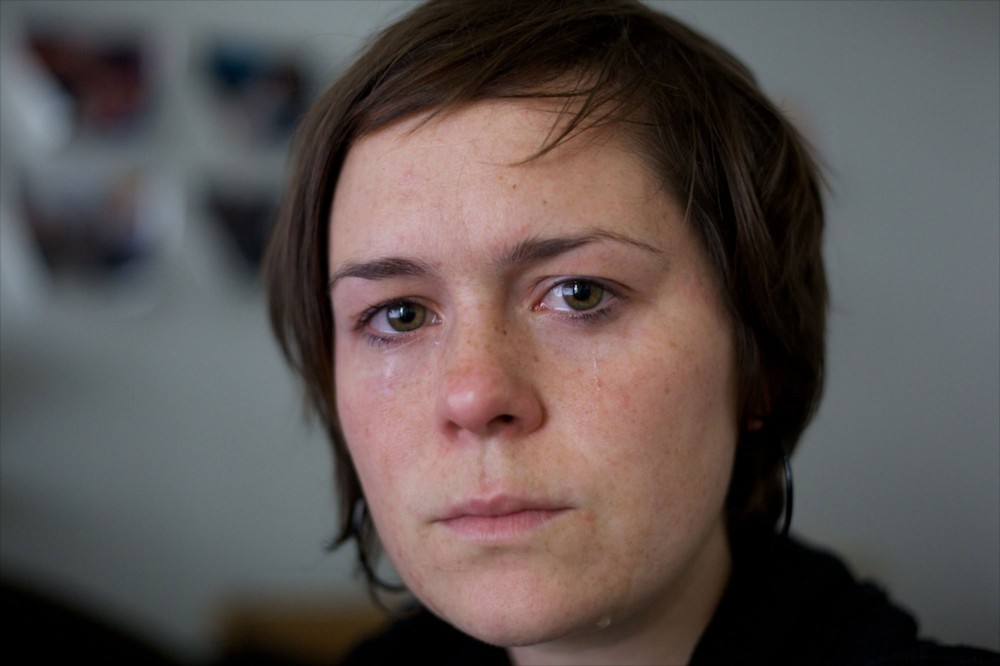Today I decided to come home and start researching about the word 'Narrative'. I've seen some people on other blogs post from the online Oxford dictionary or Wikipedia so I thought I'd research in to more depth to see what else I could come across. All I did was type in the word narrative and 1000's of web pages popped up, in stead of just shoving research on to my blog and just forgetting about it I came across this website in America - New York. The site is called 'Narratively' what caught my eye was these two pieces of text 'Human Stories, Boldly Told' and below that 'Narratively is a community of talented storytellers who are devoted to uncovering and sharing in-depth local stories with a universal appeal'. I immediately wanted to click on this website and go exploring. What I was drawn in to was that they advertised local stories, everyone on the news we see celebrity stories, the government, what tragedies are happening all around the world, the weather, basically what I get from the news seems to always be negative news, maybe one small piece about a something positive, which I think is rather rare. When going through the Narratively website there are loads of different stories within different types of media to fit a particular piece, the fact that they are local stories makes them for me seem much more interesting then typical worldwide stories and events that I see on the news. I feel a stranger on the street can be more fascinating then a celebrity you see on TV and other medias. 'Normal' people I feel have a lot more creative and wild stories to share with you, but they do not feel the need to perhaps write a book about it or produce it in to a film or share a story to a newspaper for a bit of money and 5 minute fame. I feel personally these people can be more genuine and also the stories they tell could prove to be more positive. I want to research further in to this website and explore in to the different types of mixed media, who knows what journey I will go on with this new found idea, I could meet someone who has mind blowing story they are just ready to share. Narrative is everywhere I feel, I might not get the most in-depth story told to me, I could get some outrageous story that makes no sense, but never the less its still a narrative no matter the concept or person.
About Narratively
Narratively, named one of TIME's "50 Best Websites of 2013," is a platform devoted to original, in-depth and untold stories. We launched in September 2012.
Narratively slows down the news cycle. We avoid the breaking news and the next big headline, instead focusing exclusively on untold, human-interest stories—the rich, intricate narratives that get at the heart of what a place and its people are all about.
Each week, we explore a different theme and publish a series of stories—just one a day—told in the most appropriate medium for each piece. We might feature a long form article on a Monday, followed by an animated documentary on Tuesday, then a photo essay, an audio piece or a short documentary film. Every story gets the space and time it needs to have an impact—an approach we call “slow storytelling” or “slow journalism.” (Stay up to date on our latest stories by signing up for our weekly and weekender emails.)
Our community of writers, editors, photographers, filmmakers, illustrators, and designers have worked extensively for top media outlets like the New York Times, New York magazine, CNN, NPR, MediaStorm, the New Yorker and the BBC, among other innovative and experimental publications. And we’ve subsequently gotten press from leading outlets like Forbes, PBS, Yahoo! Finance and others.
http://narrative.ly/
 Being a good daughter to my dying dad was tricky. I
struggled to find the balance between dedication to his needs and distraction
from my grief.
Being a good daughter to my dying dad was tricky. I
struggled to find the balance between dedication to his needs and distraction
from my grief. .jpg)


